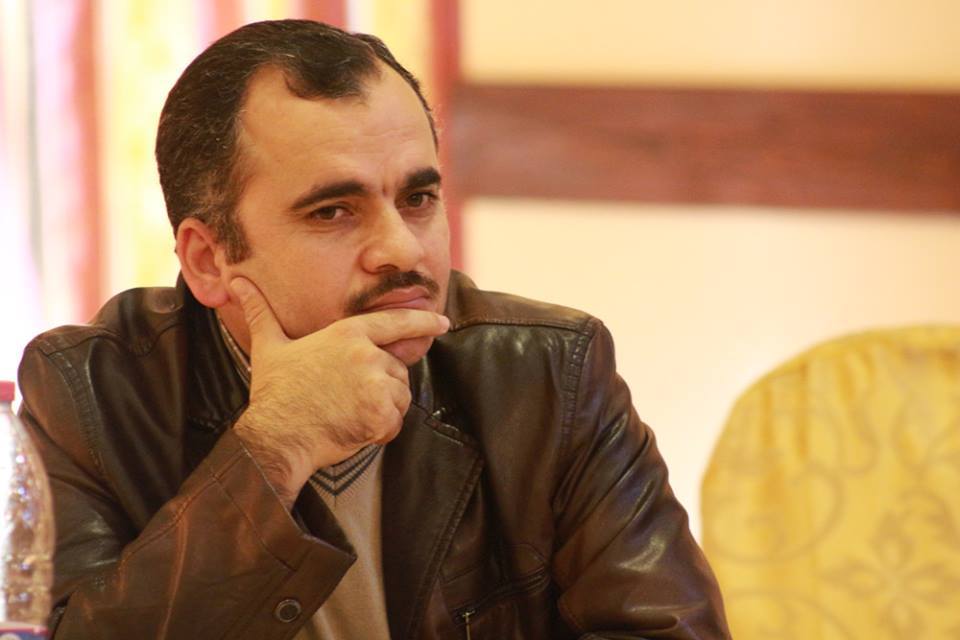We have monitored Israeli media for a number of weeks and listened to the opinions of military leaders who considered the tranquillity on the borders of the Gaza Strip to be “deceiving.” They suggested that the discovery of a third tunnel in Ein reveals what Hamas is most preoccupied about these days with regard to Israel. They considered the discovery of the tunnels to be a blow to the strategy of Hamas, which invests a large part of its budget and human potential on creating tunnels.
The Israeli propaganda machine continue by saying that the interest of Hamas in creating tunnels is matched by Israeli army attempts to combat tunnels, which it considers to be its main target. All arms of the security services have been assigned to focus their efforts on the discovery and the search for solutions to this dilemma. Hamas has been developing tunnels significantly for a long time and the tunnel that was discovered last was impressive in all respects due to its length, depth, width and strength. More important is the determination of the Palestinians to dig these tunnels, which have many uses including allowing them access to the depths of the Zionist region, the abduction of soldiers or settlers, allowing them to enter insurgents to control houses in neighbouring towns, or entering militants to blow themselves up in regions far from the Strip in the heart of Tel Aviv or Jerusalem.
The recent Israeli statements against Hamas in Gaza are the most serious. The current challenge faced by the army is how to change their way of thinking and acting. Military forces are always directed to look straight; hence the tunnels surprise them from behind. They are required to break away from their habit of doing normal full-time activities as this enables the other party to draw from their plans. This method proved its effectiveness during the process “Amoud Al-Sahab,” which it caused the army a lot of problems.
Israeli publicity now focus on what it says are Hamas’s plans to attack the troops stationed near the security fence and the kidnapping of soldiers through tunnels, but all plans have failed, thanks to the tactical work exerted by the army. However, Israel warns that this does not mean that they will always succeed in thwarting such acts. Therefore, Israeli forces are always on standby, to the extent that indoctrinations are provided regarding how to behave in the event of the occurrence of a kidnapping in the Gaza Strip.
Israeli exaggerations recently culminated when they claimed that Hamas will enter the next confrontation when they feel ready, and not before. To achieve this, they need to work on the way they implement their strategies, including the use of long-range missiles. The problems it faces in relation to the tunnels obliges Hamas to work to deepen its capabilities in self-manufacturing, especially “8 inch” missiles, similar to those launched towards Tel Aviv and Jerusalem in the last battle.
Most military and security Israeli circles believe that the current calm in the Gaza Strip could end at any moment, because the last battle has taught them that they do not know when they will be forced to engage in battle. Therefore, it was announced abruptly that the Gaza Division in the Southern Command of the Army will hold for the first time in its history, comprehensive training with the participation of seven brigades. On its agenda is the simulation of street wars in Gaza, and on the way there, they will pass through Zionist cities such as Ashkelon where they will launch an attack by infantry and armour.
Israeli military forums have not ceased to make strong worded threats to Gaza, saying that if Gaza strikes then Israel will strike back, and if Negev residents do not sleep in peace, neither would Gazans. The equation of the army these days requires that silence be met with silence, the firing of rockets would be responded to with missiles, with a response to every rocket fired from the Gaza Strip. The nature of these responses are currently sketchy until the situation escalates.
Israel has recently declared that the extent of its army’s manoeuvre within the territory of the Gaza Strip has diminished after the recent war, from 300-100 metres. The only time Israel has worked beyond that point was two weeks ago after entering to blow up a third tunnel in Ein. As long as things remain quiet, the understandings between Gaza and Israel made after the recent war in November 2012 will be kept.
Finally, if Israel believes that Hamas in Gaza is preoccupied with the lessons learnt from its last war, in order that they understand what has damaged their plans and what they can do to avoid them next time, they will be conducting training, developing the means available to them and preparing for the attack because this is a mind game in which each party learns what is going on in the mind of the other party, including their errors, so that it can accomplish its recent pledge to surprise the enemy next time. If at the end of this article the reader wonders about the writer’s expectations about the future of developments on the Gaza front, the answer is simply: “Gaza is where quicksand is located!”
This is a translation of the Arabic text published by Felesteen newspaper on 24 November, 2013
The views expressed in this article belong to the author and do not necessarily reflect the editorial policy of Middle East Monitor.











